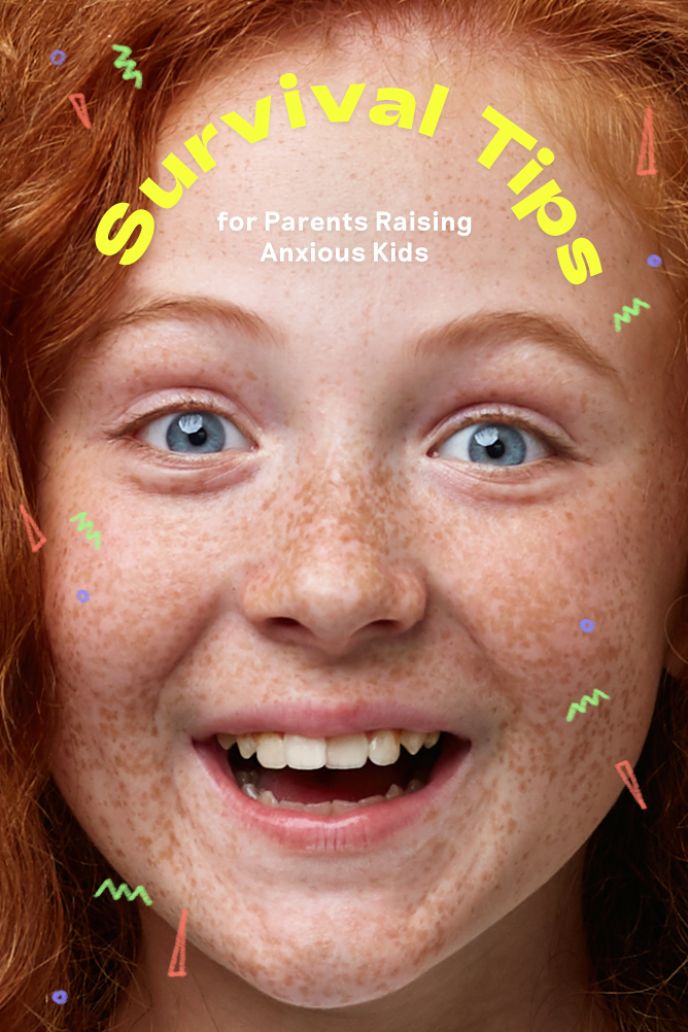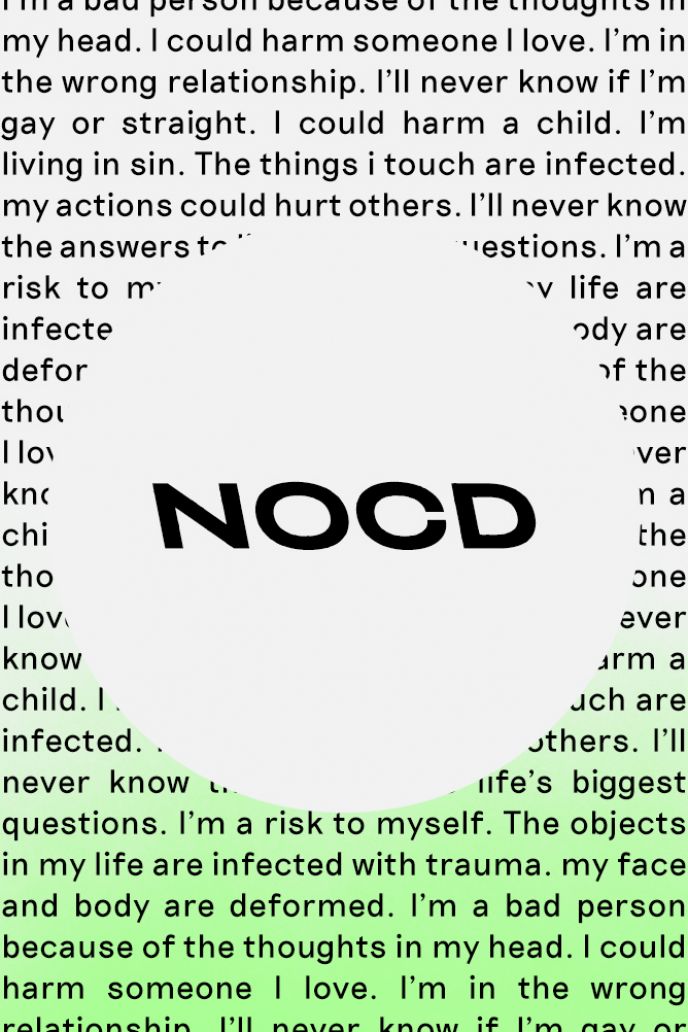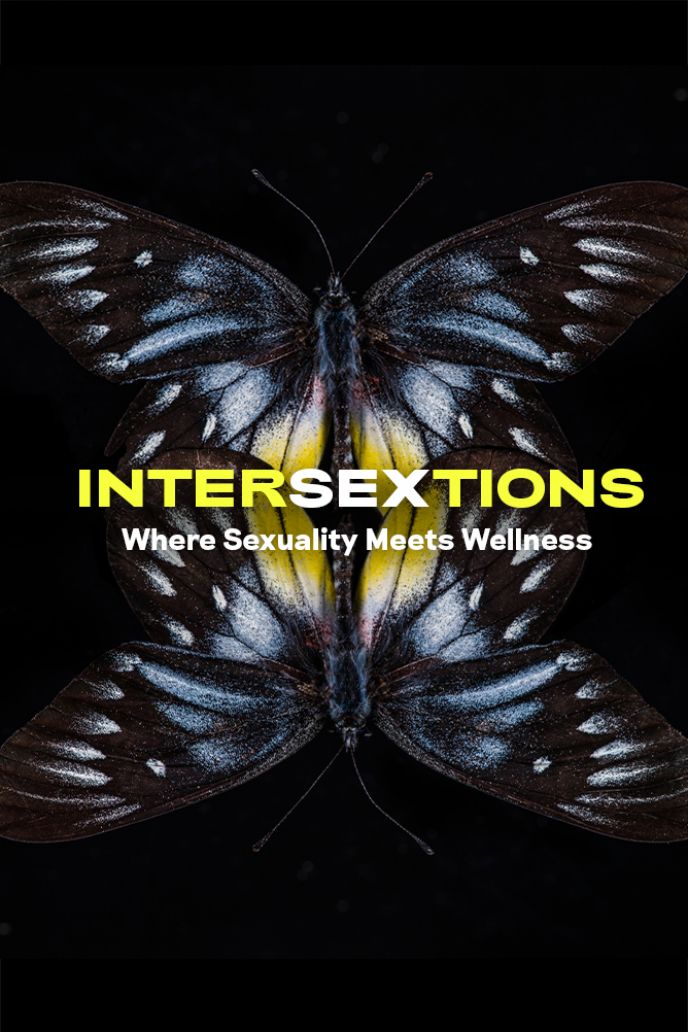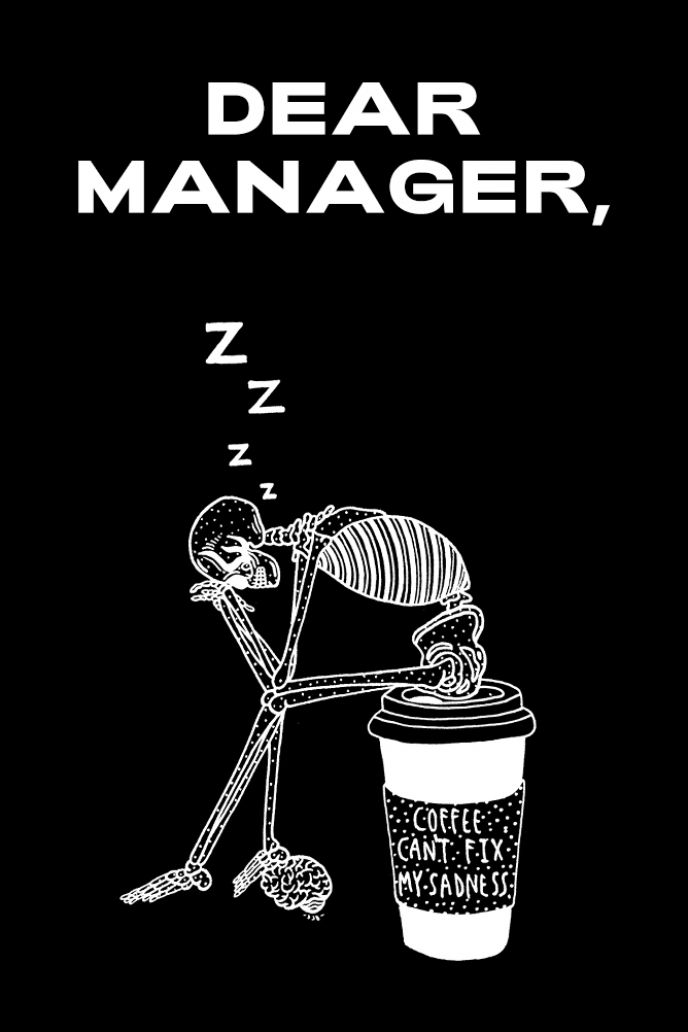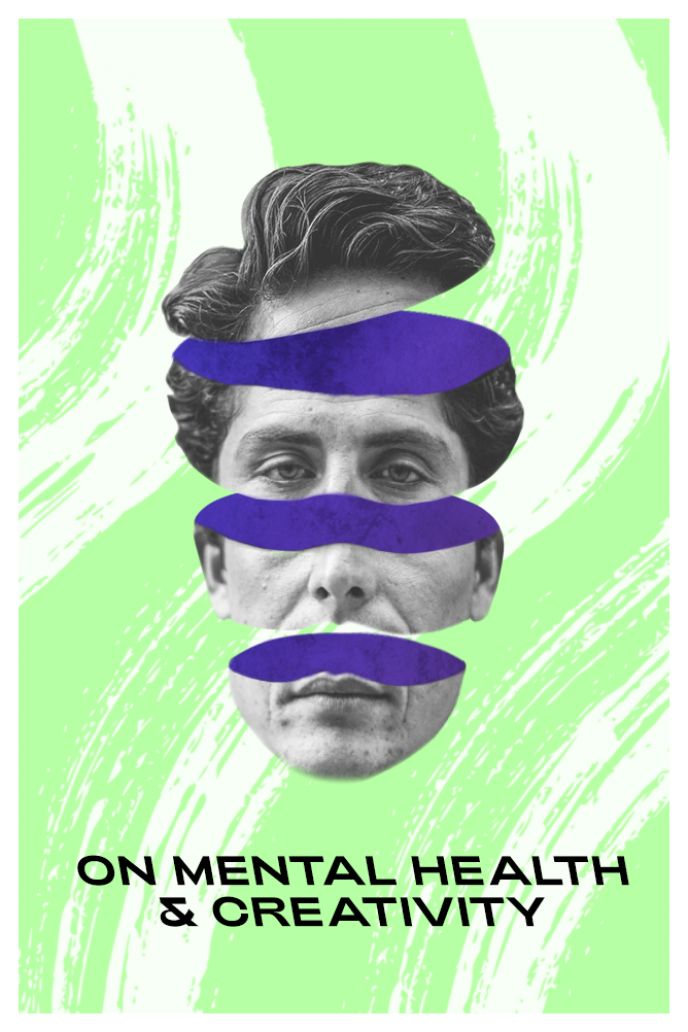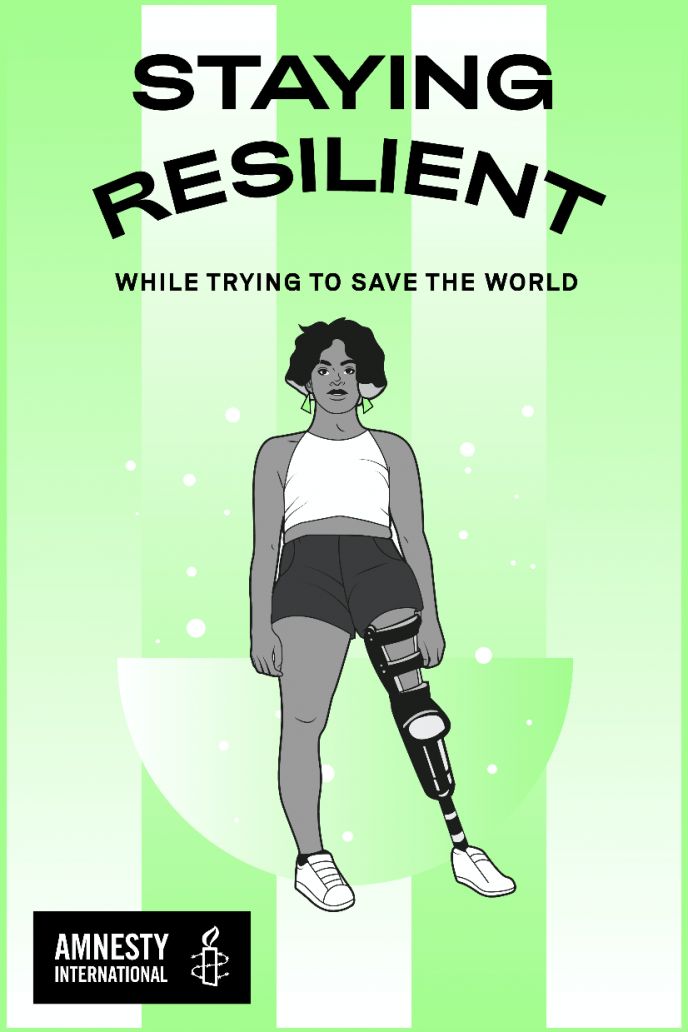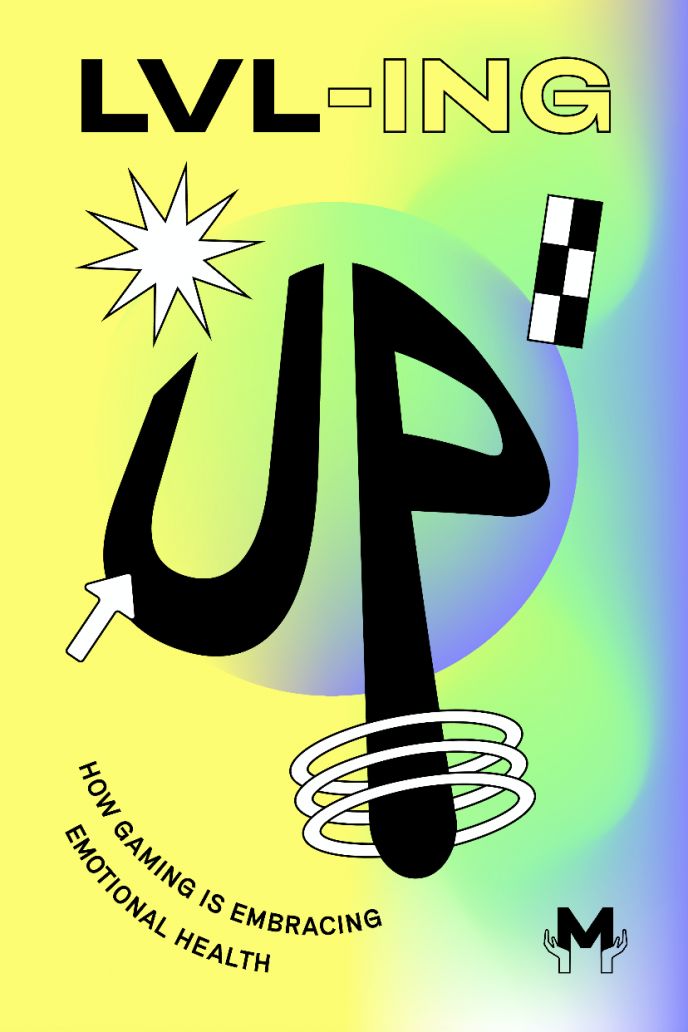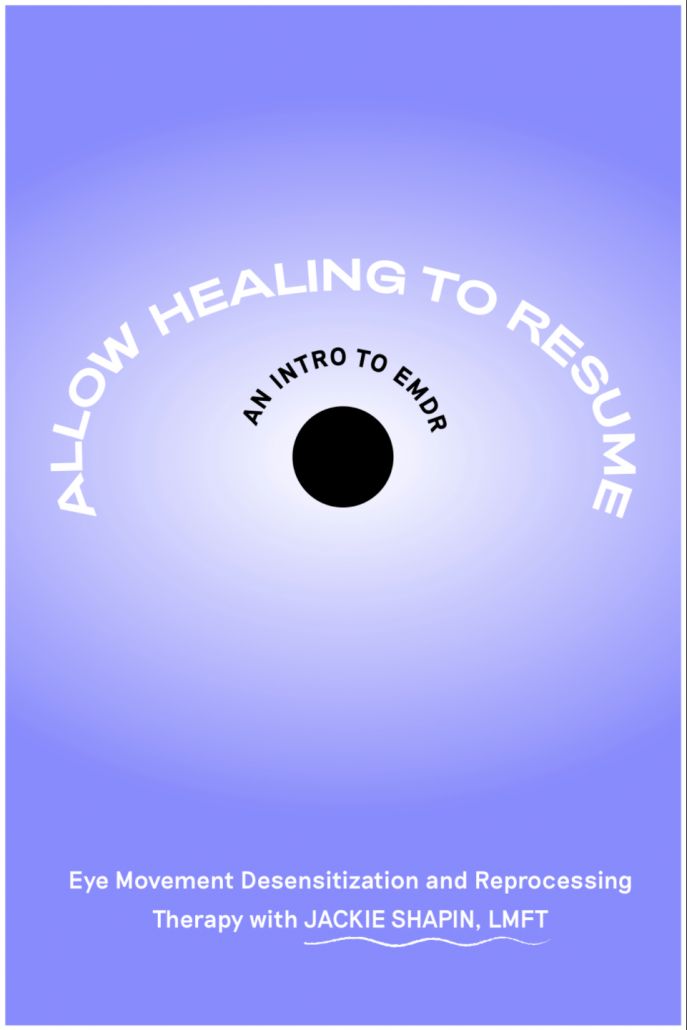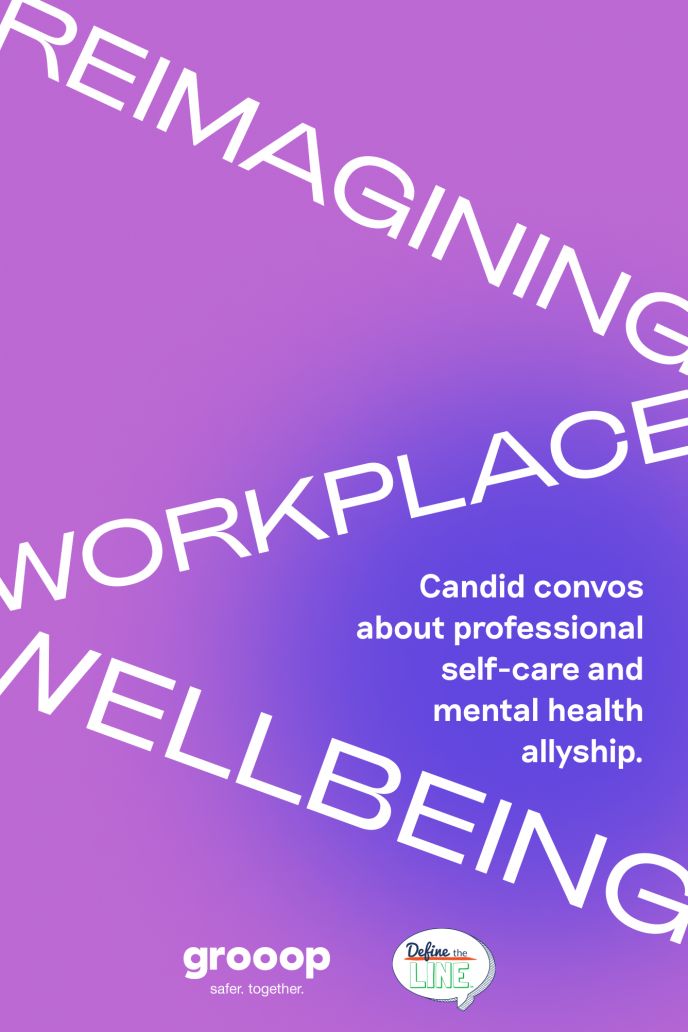Talking Suicidal OCD with Dr. Steven Phillipson
What is Suicidal OCD and How Should it be Treated?
Written by Lauren O'Shaughnessy
01 Dr. Steven Phillipson is a licensed clinical psychologist who has specialized in the Cognitive-Behavioral Treatment (CBT) of OCD since 1986.
02 In this video, he defines and discusses Suicidal OCD. For more info on Dr. Phillipson, please visit: https://www.ocdonline.com/
03 OCD3 is a web series that brings professional perspectives to the OCD community so sufferers can make healthy decisions and lead better lives.

OCD3: What is Suicidal OCD?
Read the full transcript below:
1) What is Suicidal OCD?
It’s very common for all of us to occasionally have thoughts that involve killing ourselves. Driving over the bridge, we might have the thought to drive the car off the bridge into the water. Standing on a balcony we might have the thought of jumping. These are very common everyday human associations. Being on a train platform it’s common we might tell yourself to jump in front of the train.
Persons with OCD have these very naturally occurring thoughts but they are accompanied with a profound distress signal, as if, this person is no longer safe, that this person might be not only having the thoughts but therefore more likely to act on it.
Persons with Suicidal OCD become overly desperate to ensure they will not impulsively act out on these thoughts. They are more connected to the idea that if I think about killing myself if I have that thought about killing myself or if my brain produces that thought, then that might implicate their greater likelihood of actually acting on that thought.
2) What are common symptoms of Suicidal OCD?
For most people who have thoughts of harming themselves, it’s a coming and going thought, that lasts maybe 3 seconds. maybe you feel a little jolt of the heebeejeebees, and 3 seconds later the event is over and you’re on thinking about other topics.
Common symptoms of persons with Suicidal OCD involve a tremendous amount of preoccupation with trying to figure out how likely is it that they may act out on the thoughts. How in danger are they? Do they feel depressed? So there is a great deal of answer seeking involving just rumination within one’s own mind, there might be a great deal of answer seeking in terms of going online and seeing if there is a differentiation between people who are suicidal versus people who are just anxious about suicide.
It’s a tragic reality that many people with Suicidal OCD are misdiagnosed by clinicians who don’t understand that this is one of the variety of OCD’s topics, and might actually suggest hospitalization for the patient’s safety, not recognizing that a patient is just anxious about a topic, rather than actually having a specific intention about the topic.
3) What are common misconceptions about Suicidal OCD?
Common misconceptions about Suicidal OCD is the idea that having the thought might implicate that the person is more likely to act on it. So not only might loved ones not recognize it just as a natural association, but they might become very very concerned for the safety and welfare of a person with OCD who has this spike theme.
It’s comforting to me as a clinician to know that persons with OCD is only slightly higher than persons in the general population. Persons with OCD can become very anxious about suicide. But most often don’t act on it. And so persons with OCD are just driven to save themselves, and therefore it’s sort of a contraction to being suicidal since the entire driving nature of the condition is safety seeking.
4) How do you treat Suicidal OCD?
The standard treatment for persons with Suicidal OCD is Exposure and Response Prevention involving having the patient voluntarily conjure up associations about their potential for Suicide. Or conjure up circumstances let’s say standing on a train platform or standing on a balcony and purposefully and voluntarily bringing up the associations that they are afraid of. In this way it shows the brain the irrelevance of the brain's topic.
Recovery for persons with Suicidal OCD looks like a person being able to have these Self-Harm associations in a way that is experienced by any non-clinical person any person of the general population. To have the brain bring up a thought and not have it set off a tremendous alarm signal of distress.
For more videos from our OCD3 series, head to our YouTube channel here.
About the author
Lauren is the editorial director and cofounder at the Made of Millions Foundation. She has been a part of the team since its launch in 2016. She has been open about her personal struggles with Generalized Anxiety Disorder and social phobia. You can follow her on Instagram at www.instagram.com/internet_lauren.
Support our work
We’re on a mission to change how the world perceives mental health.


